Category: Backyard Forest Restoration
-

Fire Ladders and Douglas Firs
Though wildfires are rare in Puget Lowland forests, when they do occur mature Douglas Fir trees can be killed if fire reaches their crowns. One way this can happen is through “fire ladders,” which can be prevented by pruning the lower branches of Western Redcedars and Western Hemlocks.
-
How Soil Fertility Benefits from the Roots of Plants
We know that most plants need fertile soil for optimum growth, but how does the fertility of the soil itself benefit from the plants that grow on it?
-
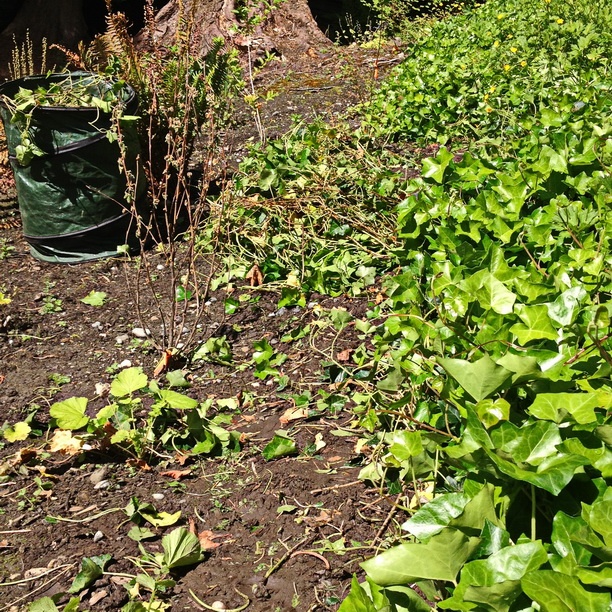
Hedera Etcetera, Part Two
In terms of controlling erosion, is it better to allow existing blankets of “Seattle’s worst weed” to remain on steep slopes?
-

Hedera Etcetera, Part One
Backyard forest restoration begins with the removal of Ivy. There are two main types growing wild in Northwest forests. Is it important to be able to tell the difference?
-
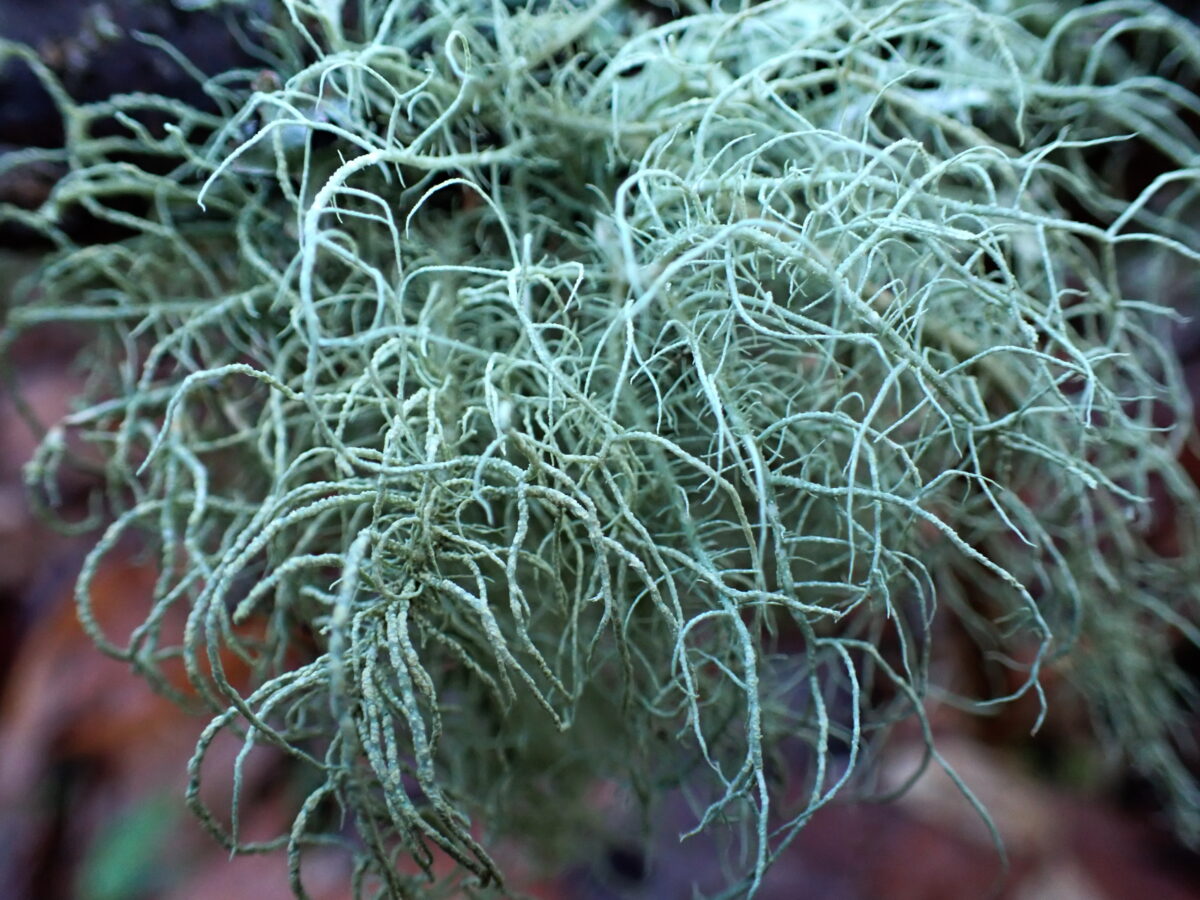
Mosses and Lichens
In the Puget Lowlands, mosses and lichens add to the beauty of our backyard forests, and now, saturated with moisture from the fall rain they have awakened from their dry-season dormancy.
-

Rescuing Sword Fern and Bigleaf Maple
The wet season has returned – time for fall planting. I have been rescuing Sword Ferns and Bigleaf Maples and moving them to spots where they have a better chance to grow to maturity.
-

Mycorrhizal Associations Between Douglas Fir and Other Tree Species
Does Douglas Fir form mycorrhizal associations with Red Alder, Western Hemlock, or Western Redcedar?
-
Mycorrhizal Applications for Backyard Forest Restoration
Lately I have been considering the purchase of a mycorrhizal fungi inoculant to mix into the soil with my Fall/Winter tree plantings.
-
Some Tasks for the Dry Season
Though the dry season is not the best time to be pulling most of the invasive plants, there is still work to be done.
-
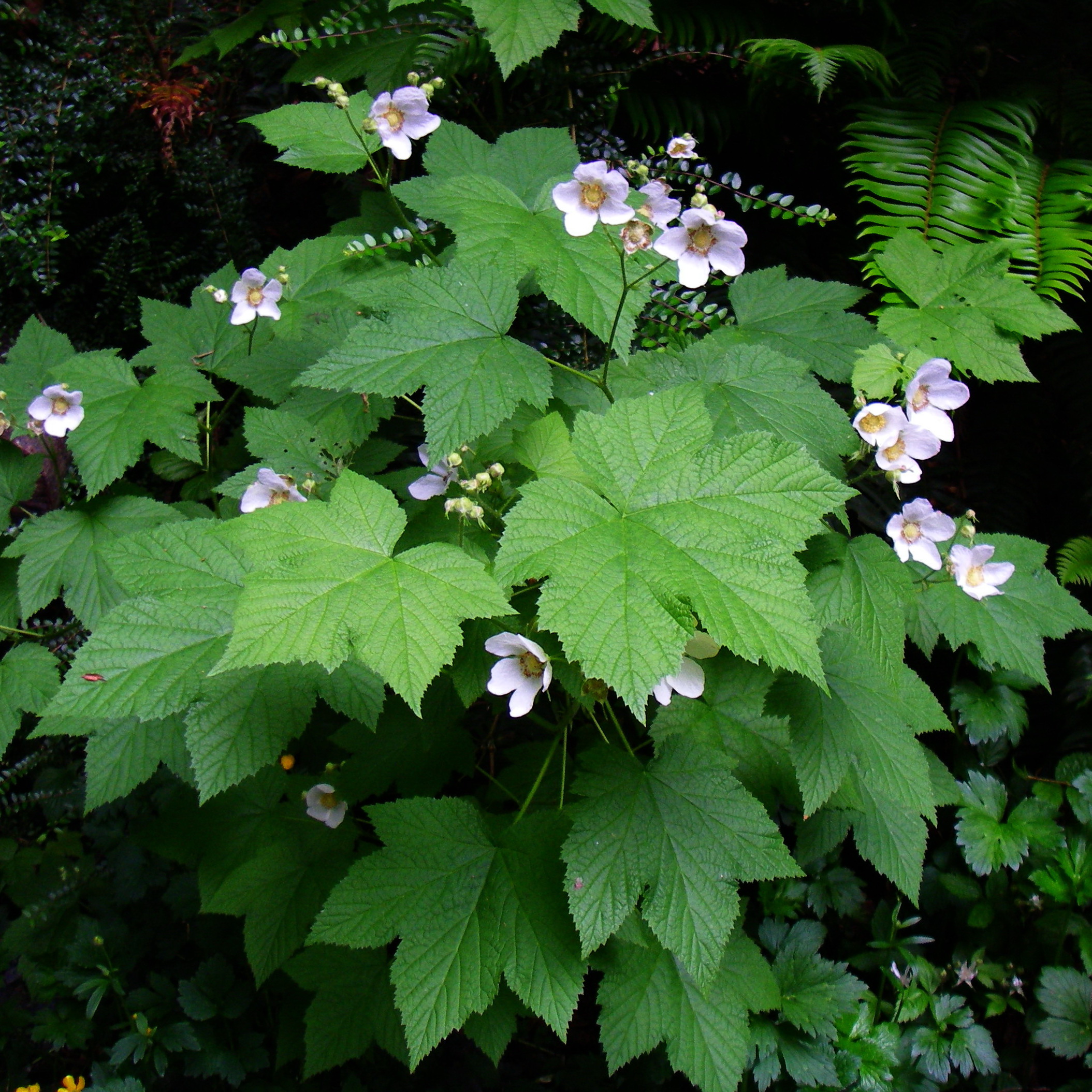
Gardening with Native Plants
In addition to the removal of invasive plants, forest restoration involves efforts to regenerate native plants.
-

Glad to have “Mudded In”
I’ve spent the last few mornings watering plants in the midst of this all-time record heatwave in our region. When I planted these trees, shrubs, and ferns back in March and April, I took the extra time and effort to mud them in and, where possible, create basins around them to hold water. I’m glad…
-
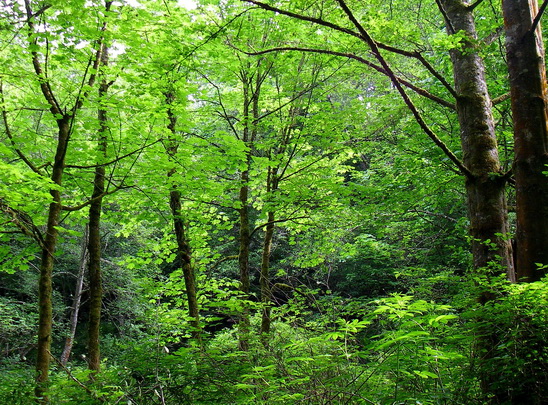
An Activity to Celebrate the Summer Solstice
I’m thinking of a nice outdoor activity to celebrate tomorrow’s summer solstice — deciding on the trees I’m going to plant in late Fall.
-
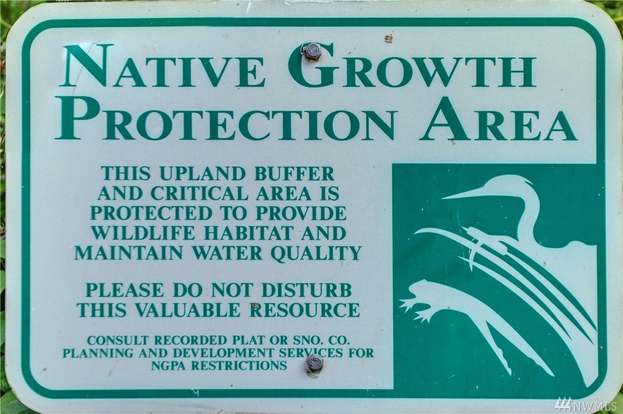
Forest Restoration in Native Growth Protection Areas
For years I’ve noticed signs posted in front of patches of urban forest with titles like “Native Growth Protection Area.” I wondered how these areas were protected, and who was responsible for controlling invasive plants on them?
-
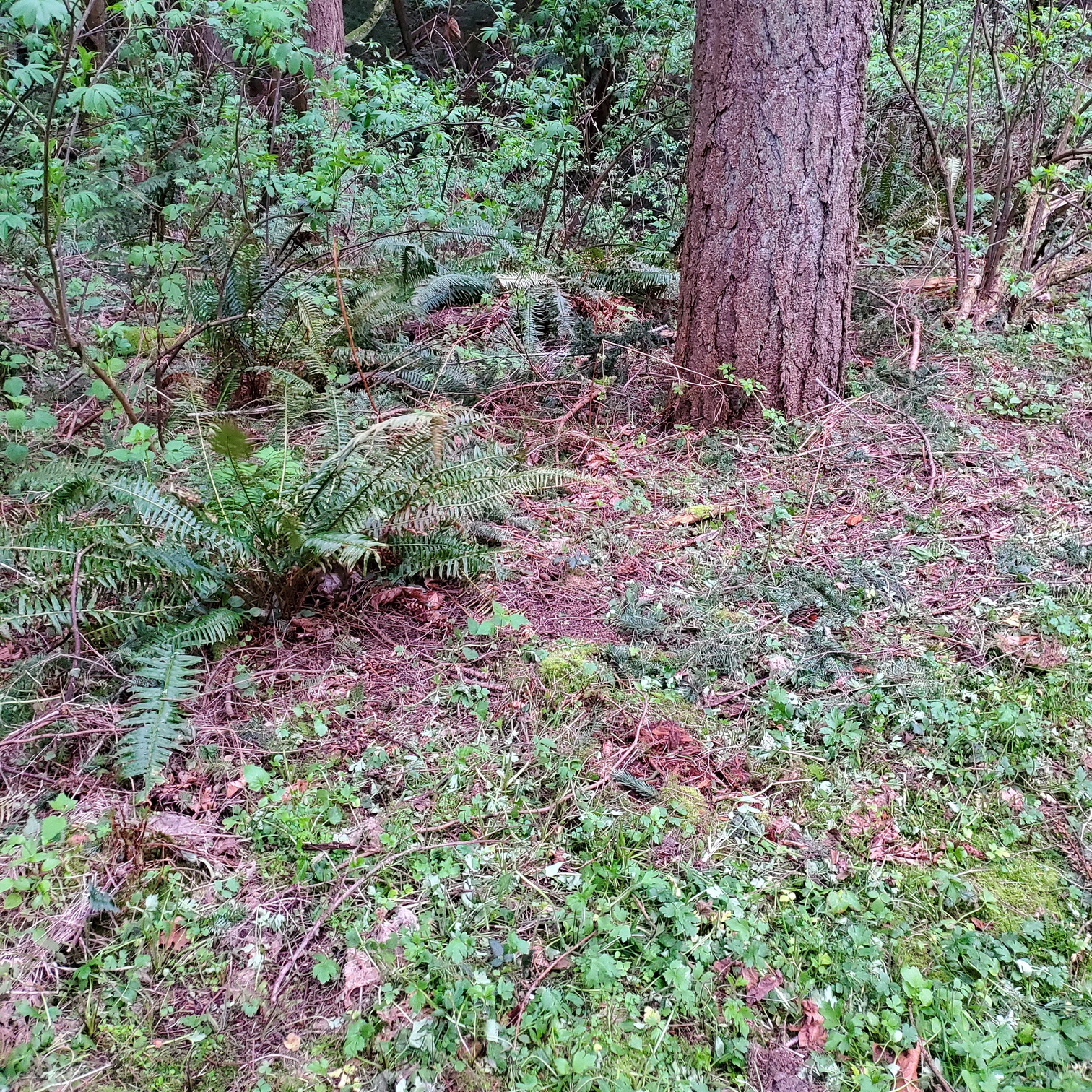
Forest Edges — Problems and Possibilities
Since the edges of the forest are often sunny, they provide the opportunity to grow a large diversity of native plants, but weeds can be a problem.
-
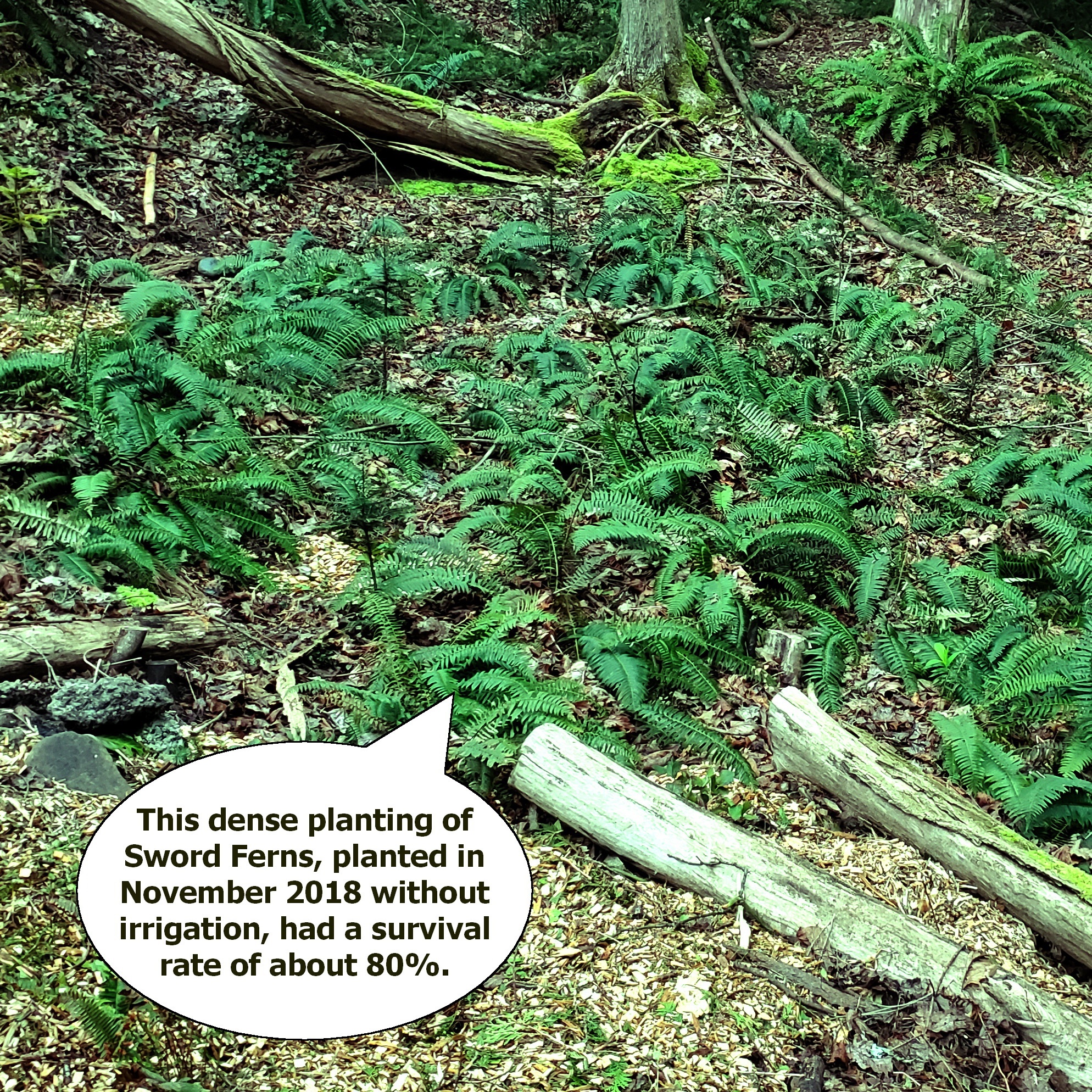
The Sobering Cost of High-Density Planting
Using the spacing guidelines from the Green Seattle Partnership and current retail prices from a local native plant nursery I estimate that installing a dense planting of natives on a site measuring only 10’ by 10’ (100 square feet) would cost about $470.
-
How Much Time Will it Take to Restore Your Backyard Forest?
Like many residents in the Puget lowland, you may have infestations of invasive plants in your backyard forest that you want to tackle – more than you can remove in an afternoon, and perhaps more than you can remove in a dozen afternoons. You could just dive in and start pulling weeds, but you may…
-
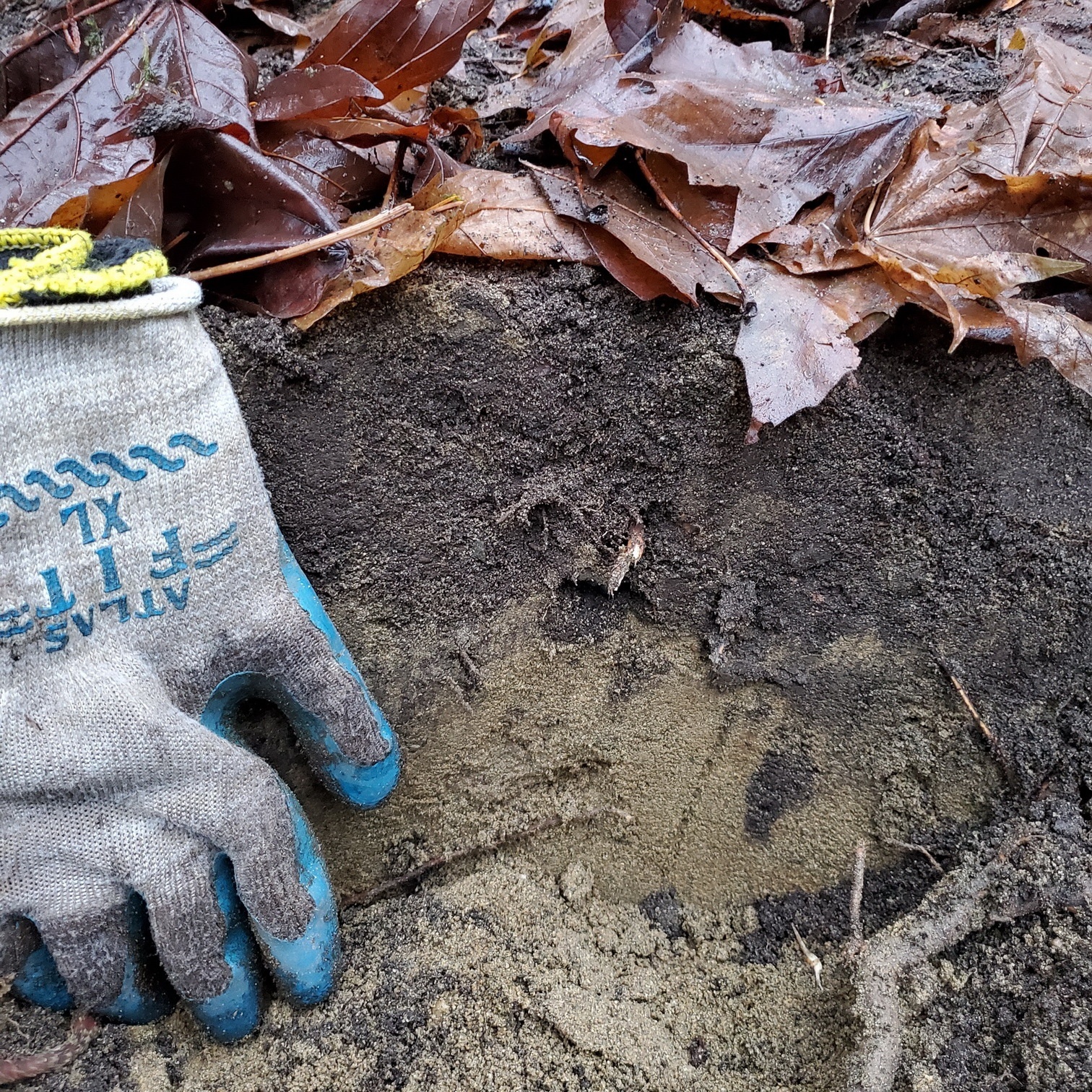
Done Well, Forest Restoration Includes Caring for the Soil
The rate of topsoil formation in our region is painfully slow – less than 1” every 2,000 years. Only 7” has accumulated (at most) since the last glacier retreated 15,000 years ago.
-

Multiplication by Division in our Backyard Forests
March is here, the best time to start multiplying and dividing in earnest – multiplying some of the native plants we already have growing in our backyard forests, using a plant propagation method known as division.
-
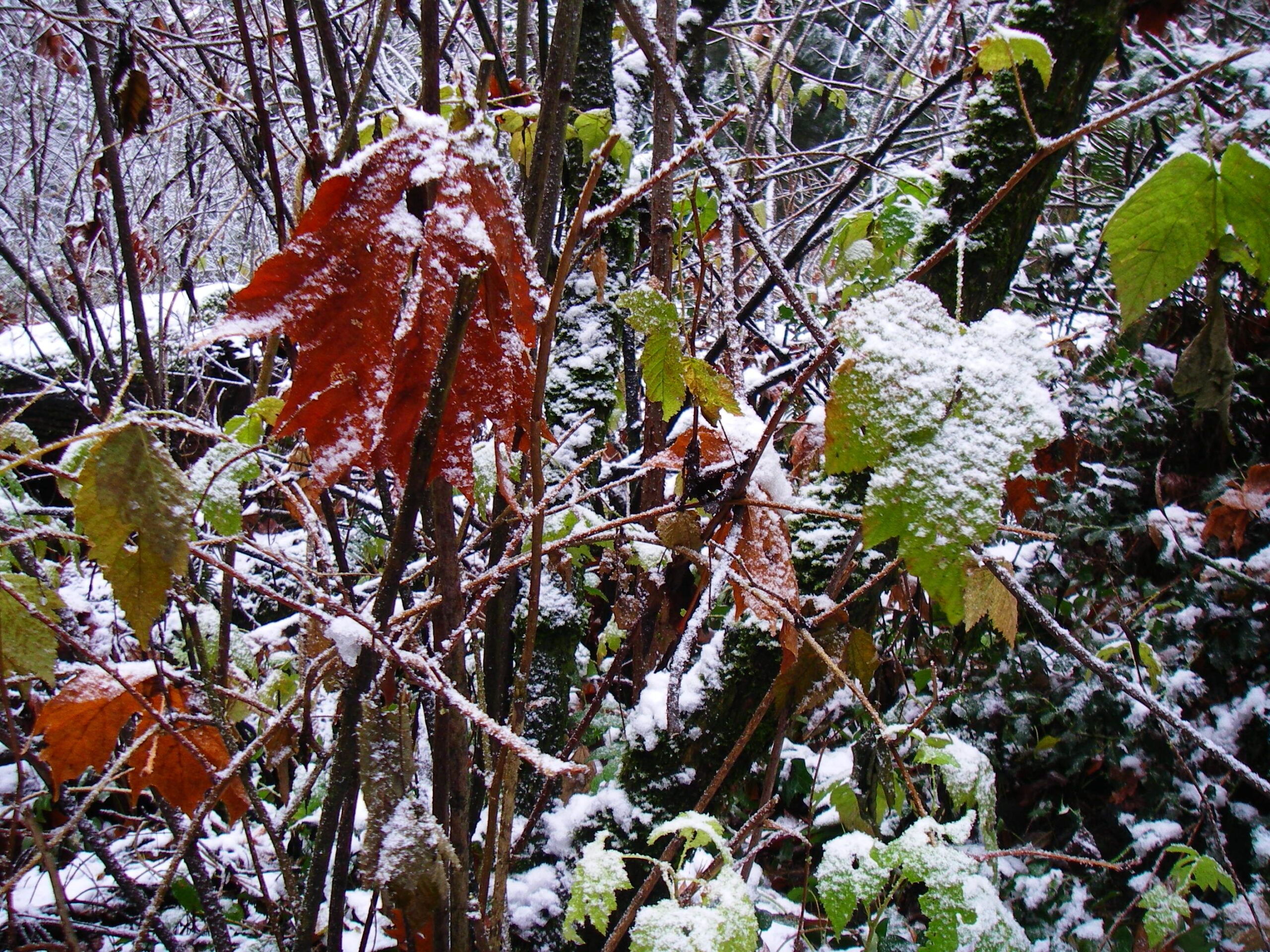
The Changing Seasons
We are having a brief blast of winter weather in the Puget Sound region – a good time to think about the work year ahead.
-

Dividing Sword Ferns (Between Green Blobs)
Honestly, I hadn’t divided Sword Ferns in years, and had only the vaguest recollection of cutting through root masses with a strong, sharp knife. But to my surprise, each of the ferns that I worked with on this day was already “divided.”